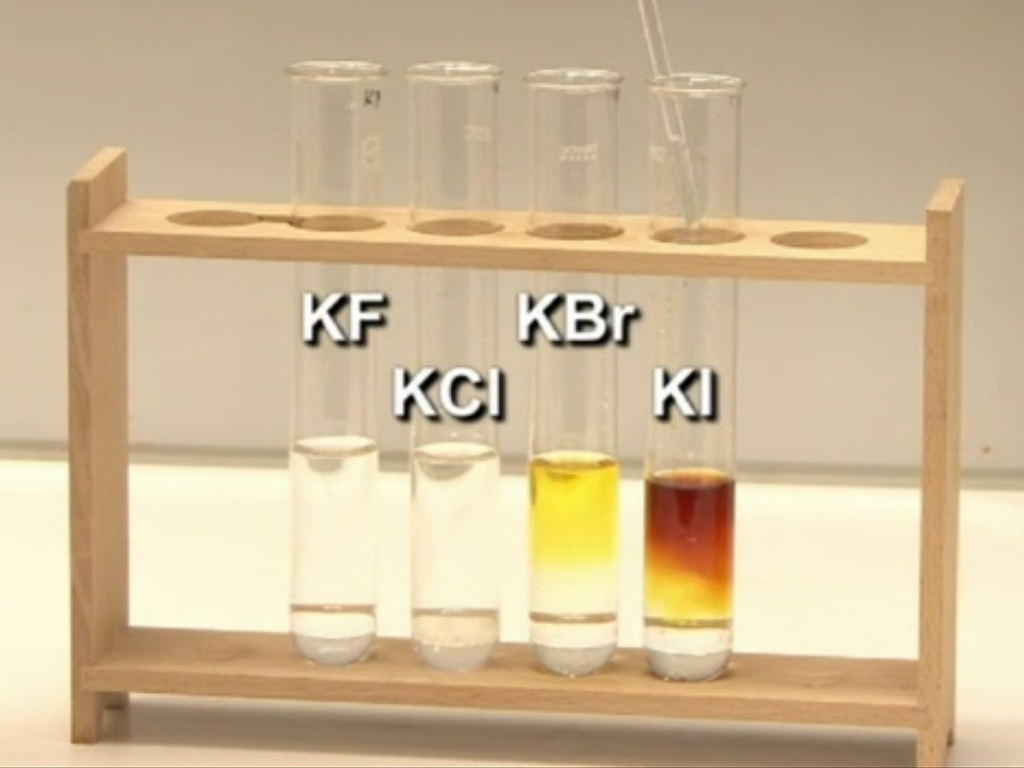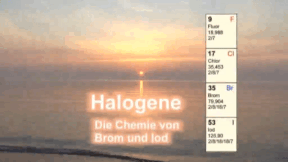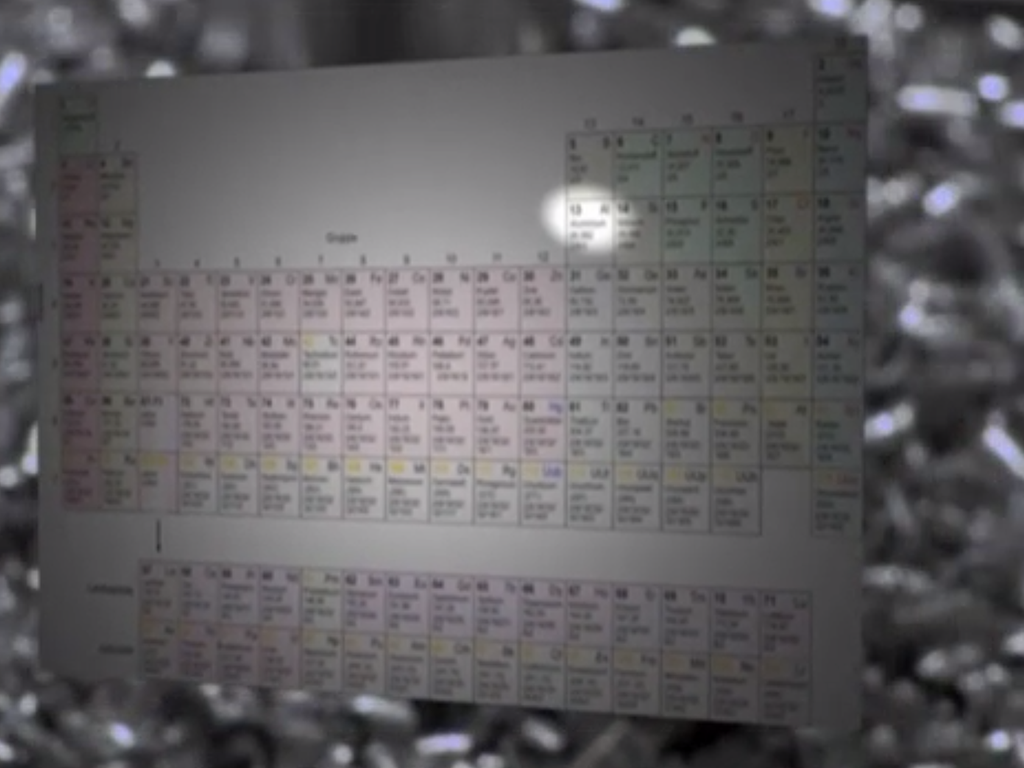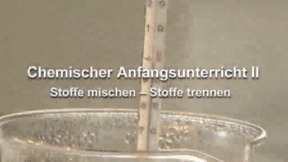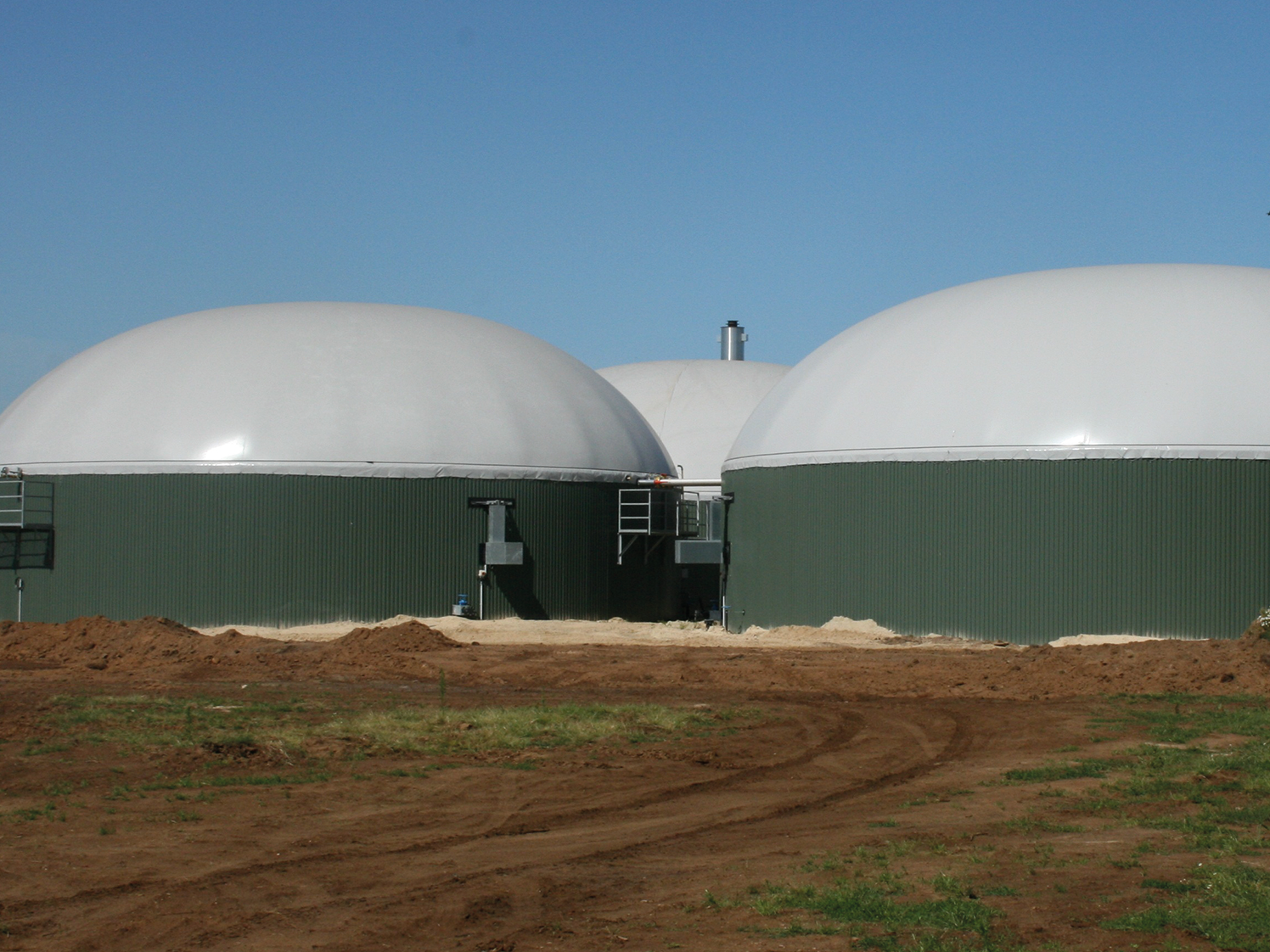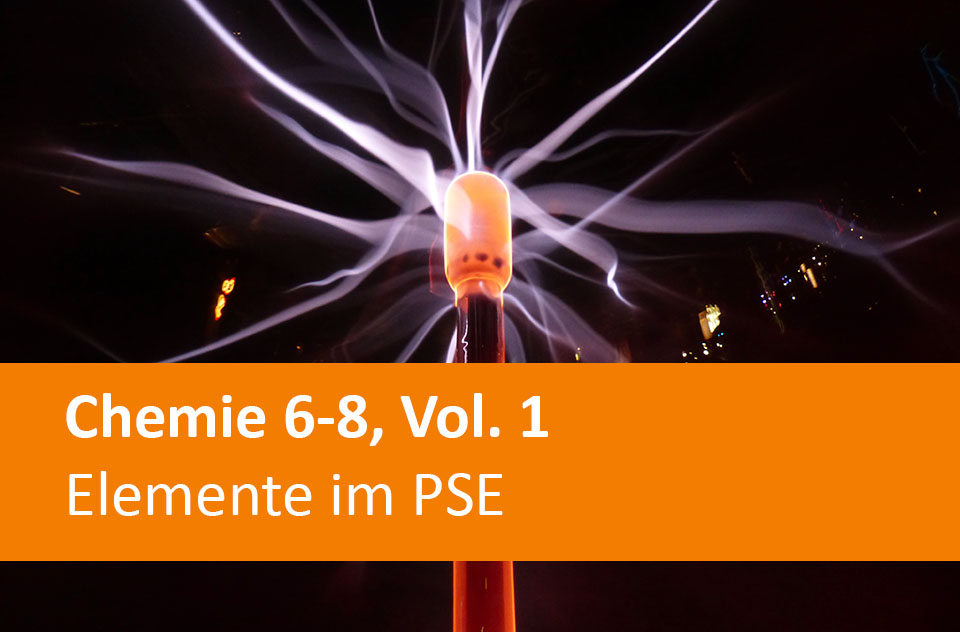
55500706
Elemente im PSE
In unserem Arbeitsheft Chemie 6-8, Vol. 1 – Elemente im PSE finden Sie 50 interaktive und didaktisch aufbereitete Aufgaben.
Included Tasks
- 1. 1. Hauptgruppe - Die Alkalimetalle - Interaktive Aufgaben mit Video
- 2. Alkalimetalle - Chemische und physikalische Eigenschaften
- 3. Alkalimetalle - Flammenfärbung und physische Eigenschaften
- 4. Alkalimetalle - Reaktion mit Halogenen - Aufgaben mit Video
- 5. Alkalimetalle im Haushalt - Aufgaben mit Video
- 6. Alkalimetalle - Reaktion mit Wasser - Aufgaben mit Video
- 7. Geschichte des Periodensystems - Aufgaben mit Video
- 8. Chemische Elemente - Ordnungszahl richtig zuordnen
- 9. Chemische Elemente - Atommasse richtig zuordnen
- 10. Ordne den Elementen die Eigenschaften zu - Interaktive Aufgaben
- 11. Ordne dem Element die Eigenschaften zu - Interaktive Aufgaben
- 12. Elemente - Finde die Bildpaare
- 13. Chemische Elemente - Sortiere nach Gruppen - Interaktive Aufgaben
- 14. Alkalimetalle in das PSE einordnen - Interaktive Aufgaben
- 15. Symbole und Ordnungszahlen im PSE - 5 interaktive Aufgaben (1)
- 16. Symbole und Ordnungszahlen im PSE - 5 interaktive Aufgaben (2)
- 17. Symbole und Ordnungszahlen im PSE - 5 interaktive Aufgaben (3)
- 18. Symbole und Ordnungszahlen im PSE - 5 interaktive Aufgaben (4)
- 19. Symbole und Ordnungszahlen im PSE - 5 interaktive Aufgaben (5)
- 20. PSE - 10 Zufallsaufgaben aus 25er Aufgabenpool
- 21. PSE - Protonen
- Neutronen und Elektronen - Aufgaben mit Video
- 22. PSE - Elektronenschalen - Aufgaben mit Video
- 23. Aussagen zu Elementen überprüfen - Interaktive Aufgabe
- 24. Aussagen zu Elementen überprüfen - Interaktive Aufgaben (1)
- 25. Aussagen zu Elementen überprüfen - Interaktive Aufgaben (2)
- 26. Aussagen zu Elementen überprüfen - Interaktive Aufgaben (3)
- 27. Aussagen zu Elementen überprüfen - Interaktive Aufgaben (4)
- 28. Aussagen zu Elementen überprüfen - 10 interaktive Aufgaben
- 30. Formeln die richtigen Namen zuordnen - Interaktive Aufgabe 30. C
- CO2 & Co. im Alltag - Aufgaben mit Video
- 31. Kohlenstoff im Alltag - Aufgaben mit Video
- 32. Kohlenstoffverbrennung - Aufgaben mit Video
- 33. Kohlenstoffvorkommen - Interaktive Aufgaben mit Video
- 34. Die Kristallstruktur - Aufgaben mit Video
- 35. Definition Kristall - 4 Aufgaben als Druckvorlagen
- 36. Was ist ein Kristall - Aufgaben mit Video
- 37. Natriumchlorid - 2 Aufgaben als Druckvorlagen
- 38. Geometrie von Kristallen - Aufgaben mit Video
- 39. Chemische Elemente - Steckbrief - Aluminium - Interaktive Aufgabe
- 40. Chemische Elemente - Steckbrief - Bor - Interaktive Aufgabe
- 41. Elementen das richtige Aussehen zuordnen (1)
- 42. Elementen das richtige Aussehen zuordnen (2)
- 43. Edelgase - 5 Interaktive Aufgaben (1)
- 44. Edelgase - 5 interaktive Aufgaben (2)
- 45. Edelgase - 5 interaktive Aufgaben (3)
- 46. Edelgase - 5 interaktive Aufgaben (4)
- 47. Eigenschaften von Aluminium - Aufgaben mit Video
- 48. Reaktion von Eisenoxid mit Aluminium - Aufgaben mit Video
- 49. Aluminium - Eloxiervorgang - Aufgaben mit Video
- 50. Aluminium Eloxieren - 3 Aufgaben als Druckvorlagen
Curriculum-centred and oriented towards educational standards
Matching
Halogens
The compounds of halogens are - with the exception of astatine - widespread, can be encountered in nature and are versatile substances. This fact is taken up on this DVD in order to teach the students the chemistry of the halogens by illustrating their special qualities and explaining the correlation of their structure with their chemical properties. In the first part, an overview of the element group of halogens lays emphasis on the common as well as on the distinguishing characteristics of fluorine, chlorine, bromine and iodine. In a second part, the specific properties of bromine and iodine are presented. This topic is linked to the students‘ everyday experience on the one hand (bromine as a catalyst for reactolite sunglasses, iodine as an agent in medicine, etc.) on the one hand. As a rule, they are of a kind that can only be realized with difficulty, or high expenditure in the chemistry classroom. With the help of these experiments, students are introduced to the chemistry of the halogens in a way that enables them to draw conclusions on the basis of their observations.
Basics of Chemistry II
When we take a closer look at substances, we discover that they consist of either one single element or of mixtures of several elements. Chemists therefore divide the world of substances into pure and mixed chemical substances. A pure substance is of homogeneous composition. Substance mixtures, however, consist of two or more pure substances. The many mixtures are subdivided not only into homogeneous and heterogeneous mixtures but depending on the respective aggregate states of their components, are classified into various groups of mixtures.




